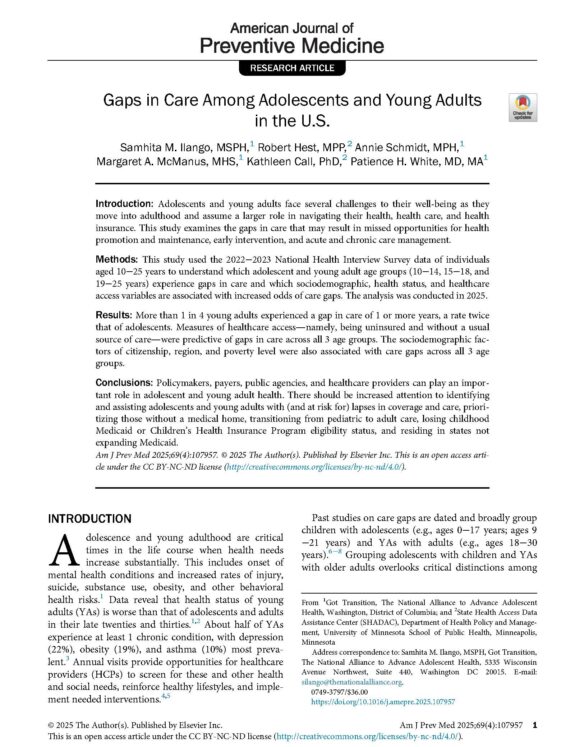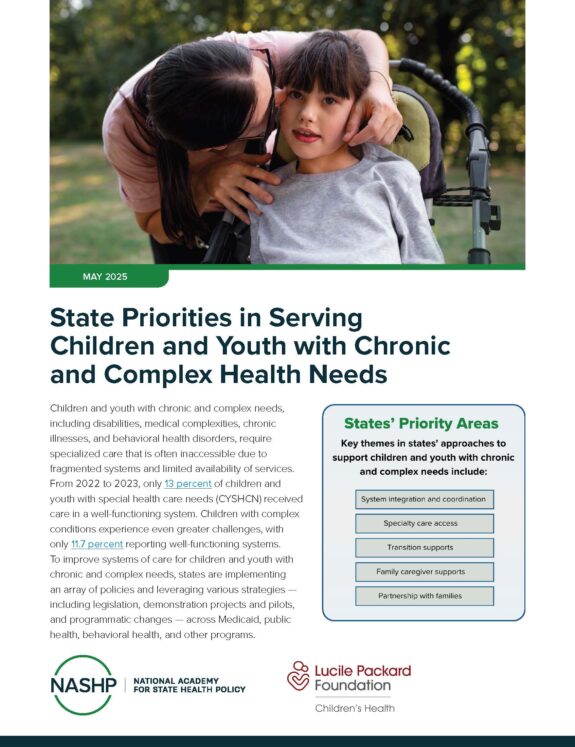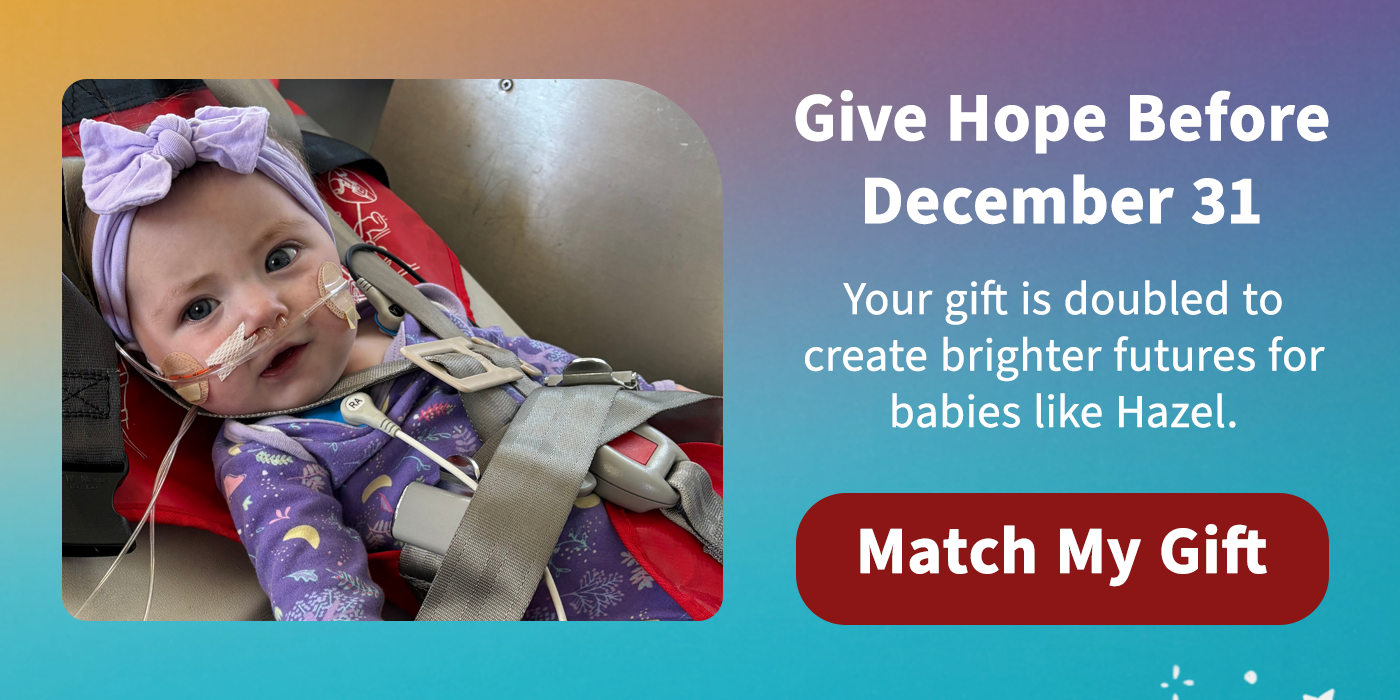When it comes to quality improvement efforts in health care, nurses traditionally have been “brought along for the ride.” A new project aims to put nurses in the driver’s seat.
The California Nurse-Led Discharge Learning (CANDLE) Collaborative, an eight-hospital coalition led by the Institute for Nursing and Interprofessional Research at Children’s Hospital Los Angeles (CHLA), is bringing together a multidisciplinary group of clinicians and families to improve the hospital discharge process by implementing and testing innovative discharge planning initiatives.
Equally important goals of the Collaborative, say the organizers, are encouraging partnerships and information-sharing across institutions, applying rigorous research methods, and establishing nurses as leaders with the confidence to generate change.
Nearly 10,000 children are discharged from hospitals every day in the US, not including newborns. Yet discharge processes vary widely in quality within and across hospitals and regions, frequently leading to poorer health for children, stress on families, increased chances of readmission, and higher health care costs.
[[{“fid”:”3470″,”view_mode”:”wysiwyg”,”fields”:{“format”:”wysiwyg”,”field_file_image_alt_text[und][0][value]”:”Photo of J Baird”,”field_file_image_title_text[und][0][value]”:”Photo of J Baird”,”field_file_image_caption[und][0][value]”:””,”field_file_image_source[und][0][value]”:””},”link_text”:null,”type”:”media”,”field_deltas”:{“1”:{“format”:”wysiwyg”,”field_file_image_alt_text[und][0][value]”:”Photo of J Baird”,”field_file_image_title_text[und][0][value]”:”Photo of J Baird”,”field_file_image_caption[und][0][value]”:””,”field_file_image_source[und][0][value]”:””}},”attributes”:{“alt”:”Photo of J Baird”,”title”:”Photo of J Baird”,”height”:126,”width”:118,”style”:”height: 126px; width: 118px; float: left; margin-right: 10px; margin-left: 10px;”,”class”:”media-element file-wysiwyg”,”data-delta”:”1″}}]]“We’re hoping to develop new and novel local discharge practices that promote high-quality care and are sustainable long-term, sharing lessons learned with each other along the way,” says Jennifer Baird, PhD, MPH, MSW, RN, the Collaborative’s principal investigator and director of the Institute for Nursing and Interprofessional Research at CHLA. “Ultimately, of course, we are aiming for system change that will result in better care for children and better quality of life for families.”
Collaborative members include Rady Children’s Hospital in San Diego, Loma Linda Children’s Hospital, Lucile Packard Children’s Hospital Stanford, Children’s Hospital Los Angeles, University of California Davis Children’s Hospital, Children’s Hospital Orange County, Mattel Children’s Hospital in Los Angeles, and Monroe Carrel Jr. Children’s Hospital in Nashville, Tennessee, which is affiliated with Vanderbilt University.
With funding from the Lucile Packard Foundation for Children’s Health, the CANDLE Collaborative builds on
previous research on pediatric hospital discharge standards conducted by CANDLE co-investigator Jay Berry, MD, MPH, of Harvard Medical School and Boston Children’s Hospital. His work, developed in consultation with 60 international experts and published in JAMA Pediatrics
in 2014, proposed 12 standards to ensure that essential components of hospital discharge
are in place.
How the Collaborative Works
During the two-year project, each hospital site has a team that designs and implements its own quality improvement project, based on Berry’s standards. Teams include nurses, family members, other health professionals, physicians, and hospital administrators. A critical component is that each team is led by a nurse.
“Nurses are so critical to care.” Baird says, “They are on the front line of discharge, working directly with the families in their own hospitals.” As Collaborative members, these nurses also are working hard to develop their teams and learning how to engineer change, she says, describing the Collaborative as a testing ground for leadership development. “We hope to establish nurses as leaders and make them feel they have the confidence and skills to generate change within their institutions and with the Collaborative as a whole.”
At Packard Children’s, for example, nurse practitioner Melissa Gustafson leads a team whose goal is to ensure that within 24 hours prior to discharge a dedicated pharmacist will review discharge orders for medically complex orthopedic and neurosurgery patients, check in with the child’s complex care nurse practitioner (NP) to better understand the child’s medication regimen, and make any needed corrections to orders or family education materials. The pharmacist and NP then will provide tailored medication education to the family, including provision of a standardized action plan that contains clear and concise dosing and titration guidance, along with potential side effects of each medication. The pharmacist and NP then complete a final check-in with the family and the bedside nurse a few hours before discharge to review any additional medication questions.
[[{“fid”:”3471″,”view_mode”:”wysiwyg”,”fields”:{“format”:”wysiwyg”,”field_file_image_alt_text[und][0][value]”:”Photo of M Gustafson”,”field_file_image_title_text[und][0][value]”:”Photo of M Gustafson”,”field_file_image_caption[und][0][value]”:””,”field_file_image_source[und][0][value]”:””},”link_text”:null,”type”:”media”,”field_deltas”:{“2”:{“format”:”wysiwyg”,”field_file_image_alt_text[und][0][value]”:”Photo of M Gustafson”,”field_file_image_title_text[und][0][value]”:”Photo of M Gustafson”,”field_file_image_caption[und][0][value]”:””,”field_file_image_source[und][0][value]”:””}},”attributes”:{“alt”:”Photo of M Gustafson”,”title”:”Photo of M Gustafson”,”height”:126,”width”:118,”style”:”height: 126px; width: 118px; margin-left: 10px; margin-right: 10px; float: left;”,”class”:”media-element file-wysiwyg”,”data-delta”:”2″}}]]Standard discharge practice has been simply to give families a printout with a list of medications, Gustafson says. If the project demonstrates success, she says, “We’re hoping to establish similar support for additional groups of patients. We also would like the medication action plan to become part of the formal documents sent home with families.”
Early in Year 2 of the Collaborative, each team will present findings from its own work to the other Collaborative members, with the hope that each will try to adapt and incorporate another member’s project for their hospital.
Baird notes that it “might be assumed that discharge policies are pretty similar across California, but they are not. We have been surprised at the absence of collaboration across institutions. For many organizations, this is the first time they ever have joined with partners.” Gustafson adds that “it’s valuable to work with the other hospitals, where there are fantastic experts who can offer guidance about what has worked.”
The role of the Collaborative staff is to facilitate the process, helping teams identify their priorities and what they think they can accomplish, implement the project, and follow agreed-upon evaluation methods. Collaborative staff members organize coaching calls, in-person gatherings, team trainings, and webinars so that teams’ progress can be shared. They also analyze and share the data that each team collects.
[[{“fid”:”3472″,”view_mode”:”wysiwyg”,”fields”:{“format”:”wysiwyg”,”field_file_image_alt_text[und][0][value]”:”Photo of K Blaine”,”field_file_image_title_text[und][0][value]”:”Photo of K Blaine”,”field_file_image_caption[und][0][value]”:””,”field_file_image_source[und][0][value]”:””},”link_text”:null,”type”:”media”,”field_deltas”:{“3”:{“format”:”wysiwyg”,”field_file_image_alt_text[und][0][value]”:”Photo of K Blaine”,”field_file_image_title_text[und][0][value]”:”Photo of K Blaine”,”field_file_image_caption[und][0][value]”:””,”field_file_image_source[und][0][value]”:””}},”attributes”:{“alt”:”Photo of K Blaine”,”title”:”Photo of K Blaine”,”height”:126,”width”:118,”style”:”height: 126px; width: 118px; margin-left: 10px; margin-right: 10px; float: left;”,”class”:”media-element file-wysiwyg”,”data-delta”:”3″}}]]The Collaborative employs the Participatory Action Research (PAR) model, which requires involvement of participants in designing the research, based on collective discussion and real-life experience, says Kevin Blaine, MAEd, project director and senior research associate at the Institute for Nursing and Interprofessional Research at CHLA. Based on the PAR model, each hospital selects the standards it wants to address, reflecting local needs.
Addressing all 12 of Berry’s proposed standards as a collaborative would not have been possible, Blaine says, so Collaborative staff surveyed the teams and ranked the standards based on feasibility and importance and their own prior work. The teams narrowed the choice to three top standards:
- Make a comprehensive and responsive discharge plan
- Ensure family readiness for discharge
- Exchange and confirm discharge plans with the family and post-discharge providers
Each site then chose one or more of the three as the target of their intervention. Not surprisingly, all eight sites initially picked “Ensure family readiness for discharge.” One of the biggest predictors of readmission or future issues is whether the family feels they are ready for discharge, Blaine says. Each site developed its own project around this standard, but as part of their evaluation efforts, all are using a validated 10-question tool developed by Marianne E. Weiss, professor of nursing at Marquette University, that measures whether both the nurse and the family agree on readiness for discharge.
Project participants at both the local team and Collaborative staff level are doing pre- and post-analysis, measuring adherence to the discharge standards, and conducting other work to help team members participate as researchers, Blaine says. Some team members were familiar with quality improvement and research methods, while others have a steeper learning curve. “The cool thing is that we’re collecting data across institutions, analyzing it and sharing it within teams and across all the hospitals,” he says. “Our hope is that the findings can be generalized in a way that makes this work seem more doable. It’s daunting, but a real need.”
Addressing Challenges
Getting institutions to adopt new discharge practices is not always easy, Baird admits, as it represents a significant change in their day-to-day culture. “Hospitals are being asked to do new things, and some are more comfortable with change than others, especially the evolving role of nurses,” she says. “We have to push back a little bit at times, but we also respect and acknowledge their expertise. We try to help them adapt and move forward.”
Recruiting family members at each hospital who have the time to participate also can be challenging, says Elaine Linn, Project Leadership Manager at Family Voices of California, who is an advisory committee member for the CANDLE Collaborative and works at both the Collaborative and site level.
[[{“fid”:”3473″,”view_mode”:”wysiwyg”,”fields”:{“format”:”wysiwyg”,”field_file_image_alt_text[und][0][value]”:”Photo of E Linn”,”field_file_image_title_text[und][0][value]”:”Photo of E Linn”,”field_file_image_caption[und][0][value]”:””,”field_file_image_source[und][0][value]”:””},”link_text”:null,”type”:”media”,”field_deltas”:{“4”:{“format”:”wysiwyg”,”field_file_image_alt_text[und][0][value]”:”Photo of E Linn”,”field_file_image_title_text[und][0][value]”:”Photo of E Linn”,”field_file_image_caption[und][0][value]”:””,”field_file_image_source[und][0][value]”:””}},”attributes”:{“alt”:”Photo of E Linn”,”title”:”Photo of E Linn”,”height”:126,”width”:118,”style”:”height: 126px; width: 118px; margin-left: 10px; margin-right: 10px; float: left;”,”class”:”media-element file-wysiwyg”,”data-delta”:”4″}}]]“We believe that families should be involved at all levels of community and government where decision making occurs,” she says. “Our goal is to educate providers and system leaders about the value and meaning of authentic family participation. This project gives us a chance to be involved at the policy and practice level. Member hospitals are receptive to family engagement, and we can assist in finding families and helping hospitals engage them in
meaningful ways.”
Improved discharge policies are essential, Linn says, because “families often leave the hospital with tremendous fear, and these policies and practices could improve parent confidence and competence in caring for their children post discharge to reduce the need to go back.”
Overall, Baird and Blaine agree, the CANDLE Collaborative has been well accepted, generating palpable energy among teams and valuable discussions about how to maintain focus and motivate participants.
“The teams have been really thoughtful about how to create a community, and we have spent a lot of time getting to know their activities and setting high expectations for their outcomes,” Baird says. “I think we have developed mutual respect.”
Baird and Blaine hope the hospitals ultimately will keep working in their own institutions and with each other, leveraging the partnerships.
“Until now there has been a missed opportunity to share,” Blaine says. “Collaboratives of this nature are rare and can be deeply impactful. At the end, we will have eight specific interventions that each have been tested at two institutions. Our hope is that other hospitals around the country will become interested. We will have protocol and educational materials available to encourage replication.”



